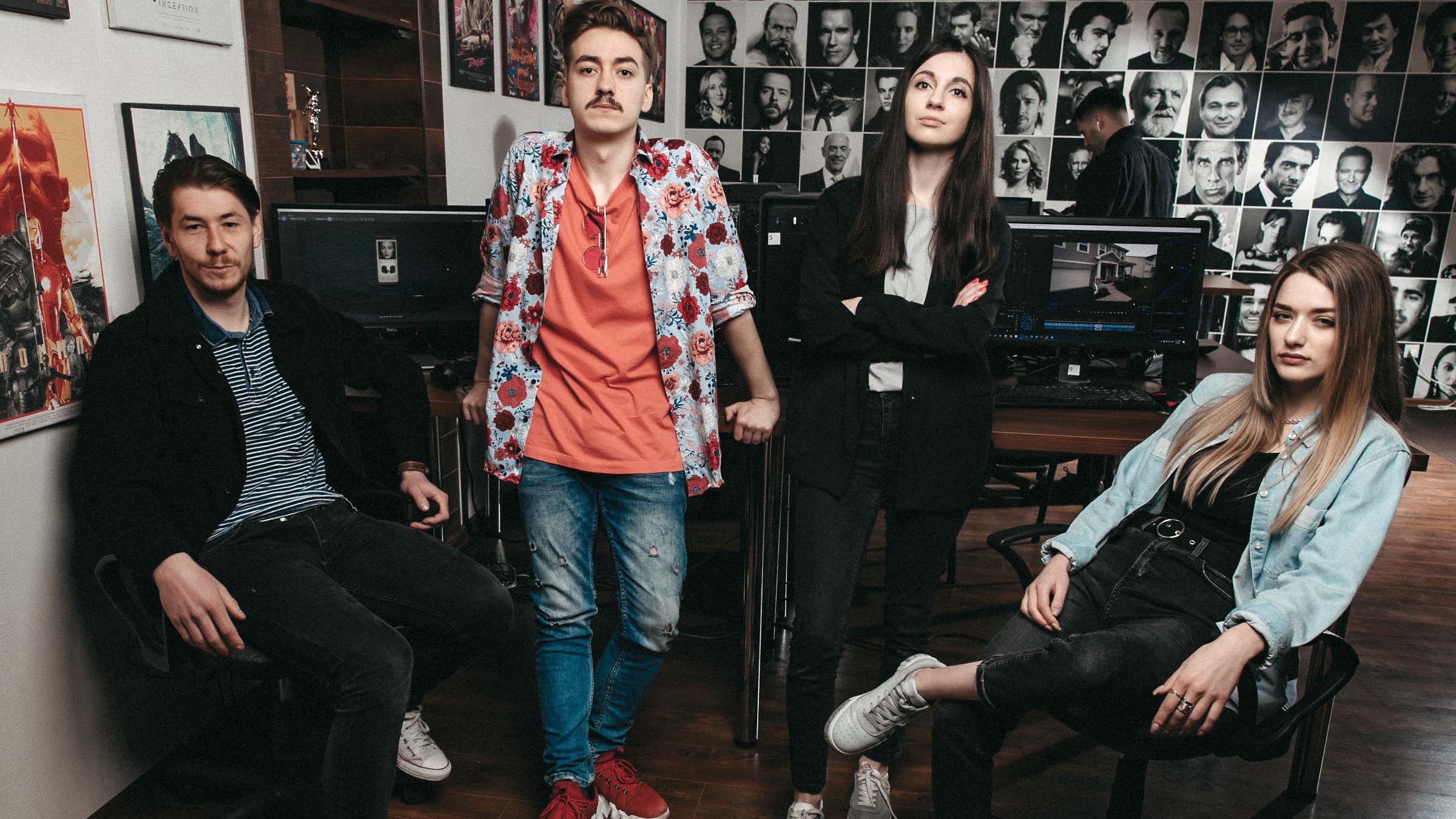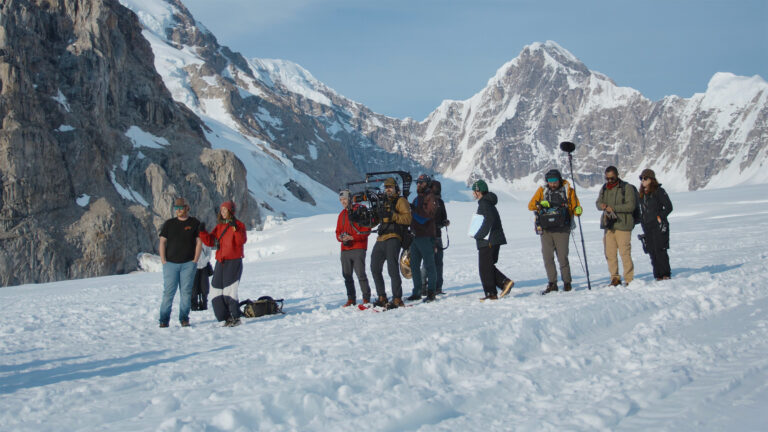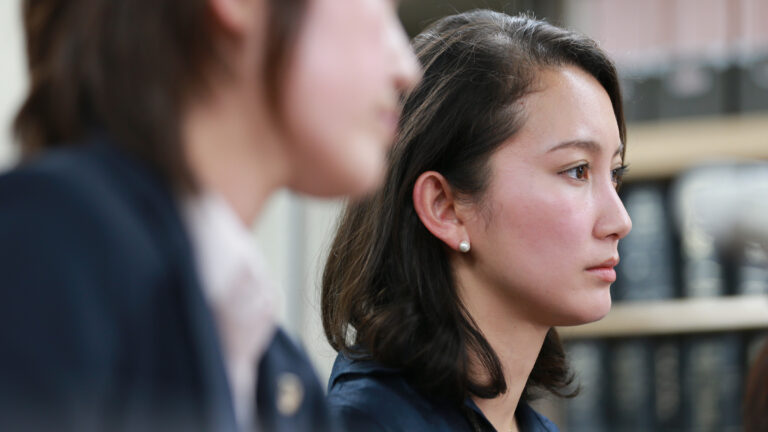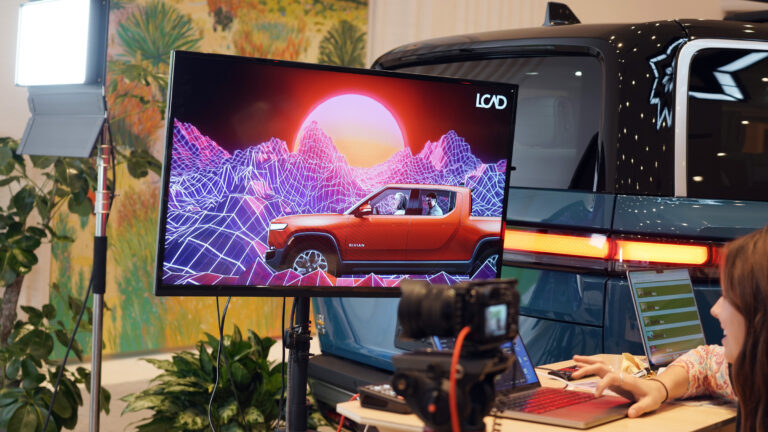The nation of Ukraine has been in the headlines of most major news outlets since February 24, 2022. Prior to that, everyday life was not unlike ours in the United States: kids went to school, people shopped in local stores and ate at restaurants, businesses thrived.
But even then, some Ukrainians regarded the U.S. as a place with different kinds of opportunities. Among them is an entrepreneur from Chernivtsi named Stanislav Puzdriak, founder of Rebel Monkey Production. Arriving in Philadelphia in 2020, he has continued building his post-production company in Ukraine from here. Now, in the midst of the ongoing war, he devotes his time to documenting the protests in the U.S. supporting his home country to shed light on the situation there and the anti-war sentiment abroad.
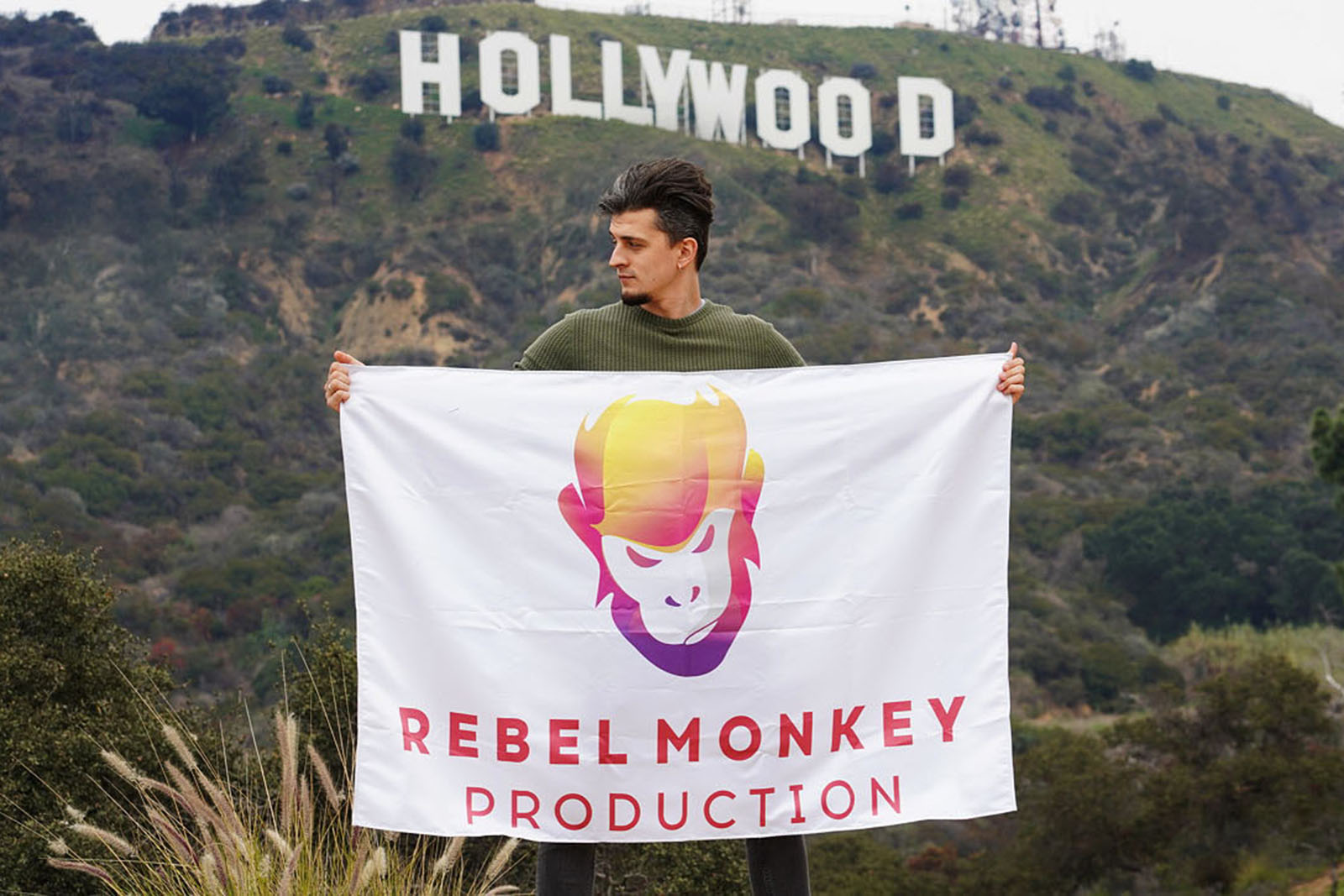
In this installment of Made in Frame, we look at Stan’s journey as he’s crafted stories from two continents, while his coworkers continue to work even as Russian missiles explode outside. It’s a story about grit and guilt, but it’s also an example of how technology helps us share the experiences of real people, and how important those stories are to understanding the world around us.
An international team
When Stan started Rebel Monkey Production five years ago, there wasn’t quite as clear a reason for them to call themselves rebels. In retrospect, the name is spot on, as they continue working even as the war rages.
The origin story goes like this: “I accidentally met a guy from Chicago online who needed help with video editing. And then I realized that he wasn’t the only one, so I started hiring people,” Stan says. “It was pretty challenging in my hometown of Chernivtsi, because there were no professionals in the industry. So I decided to train people myself.”
Stan not only trained new people, he designed and implemented a training program and video editing course.

His desire to move to the U.S. had nothing to do with wanting to leave Ukraine. Rather, his plan was to cultivate new business and to scout for new talent. After three declined visas to the U.S. and one to Canada, he made it here two years ago.
“There are only a few members of the team located in the U.S., mostly shooters,” Stan says. “All post-production and management teams are located in Ukraine. Right now we have 30 people in our company and plan to hire 10 more during 2022.”
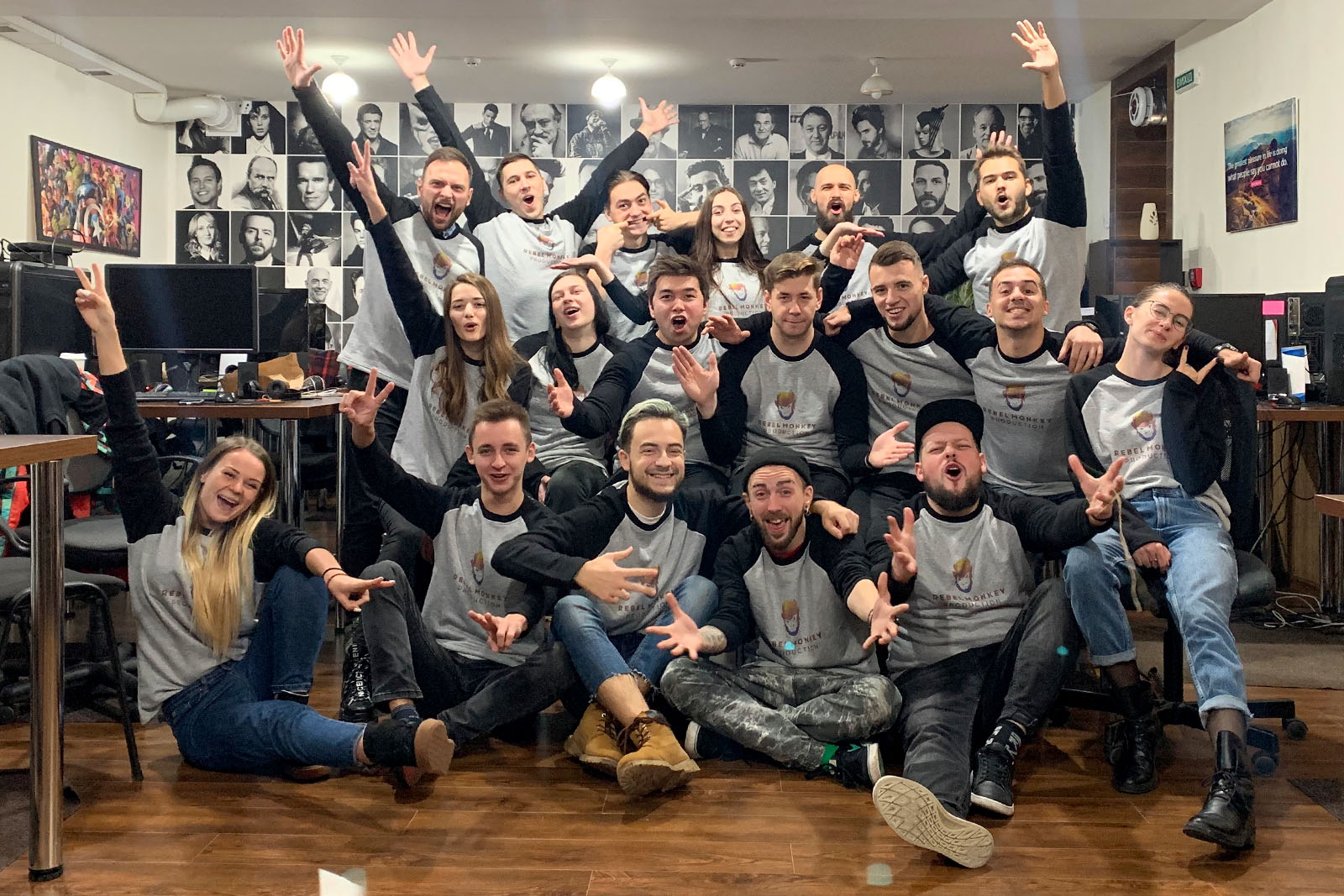
Serving production-company clients in the U.S., Canada, and Australia, Rebel Monkey handles post-production tasks from creative editing to motion graphics and visual effects for commercials and corporate work. Everything is done in the Adobe Creative Cloud, using primarily Premiere Pro and After Effects. And, of course, they share ideas and assets with each other and their clients through Frame.io.
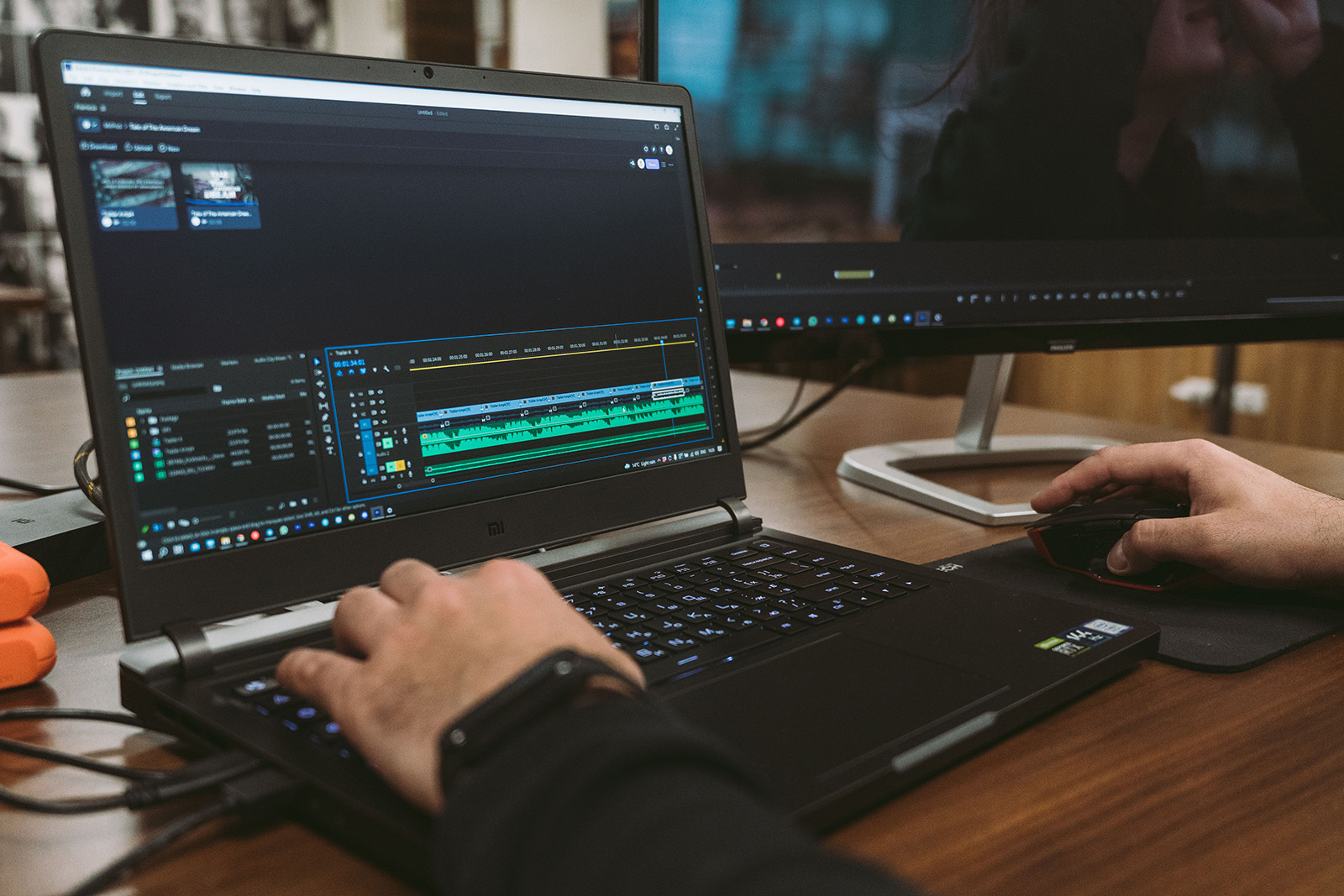
Connecting during a national nightmare
We at Adobe and Frame.io talk a lot about how stories connect us, and how we build applications to enable storytellers. Stan, who has been documenting the U.S.-based protests against the invasion of Ukraine, is a perfect example, using his short videos as a call for support and solidarity.
His weapons of choice? A Sony A7S III with a DJI Ronin RS2 and Tamron 28-75 2.8 lens. “This is my favorite setup,” he says. “It’s very portable and light and I have many options of wide- or close-up angles. And the gimbal gives me the ability to create dynamic shots. I shot protests in 4K XAVC HS in S-Log3 picture profile. I always shoot in S-Log3 since it gives me a higher dynamic range.”
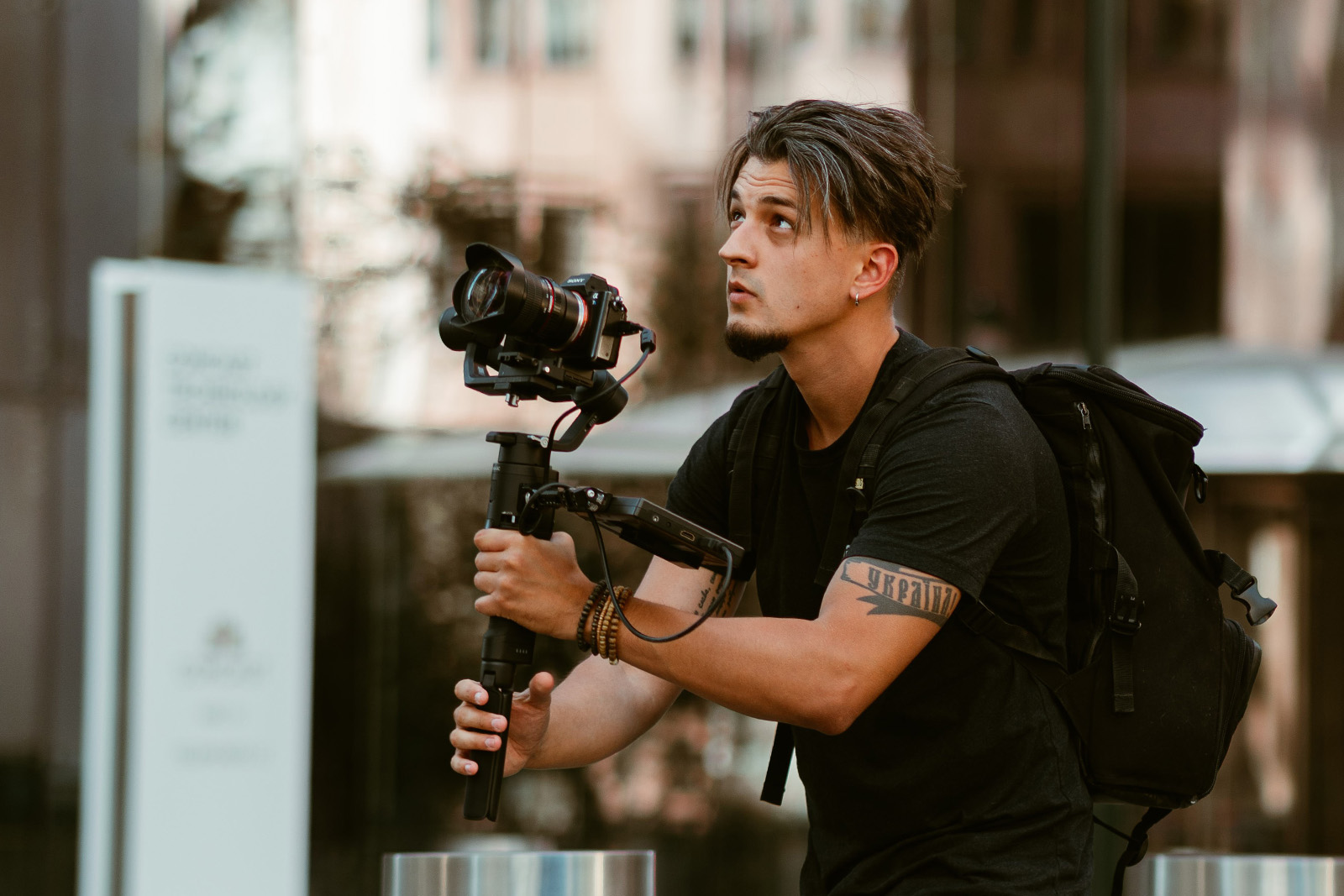
Which comes in handy when he’s color correcting in Lumetri. “It’s getting better and better with the new updates,” Stan says. “The HSL tool is my favorite.”
At a time when he’s far away from family and friends, he feels it’s his responsibility to amplify their circumstances. “Every time people ask me how our team in Ukraine is, I answer ‘they are safe.’ And they are, compared to the eastern cities,” Stan says. “But also, they are not compared to what used to be normal life. Several times throughout the day sirens go off, which means that Russian rockets are on their way and people need to hide.”
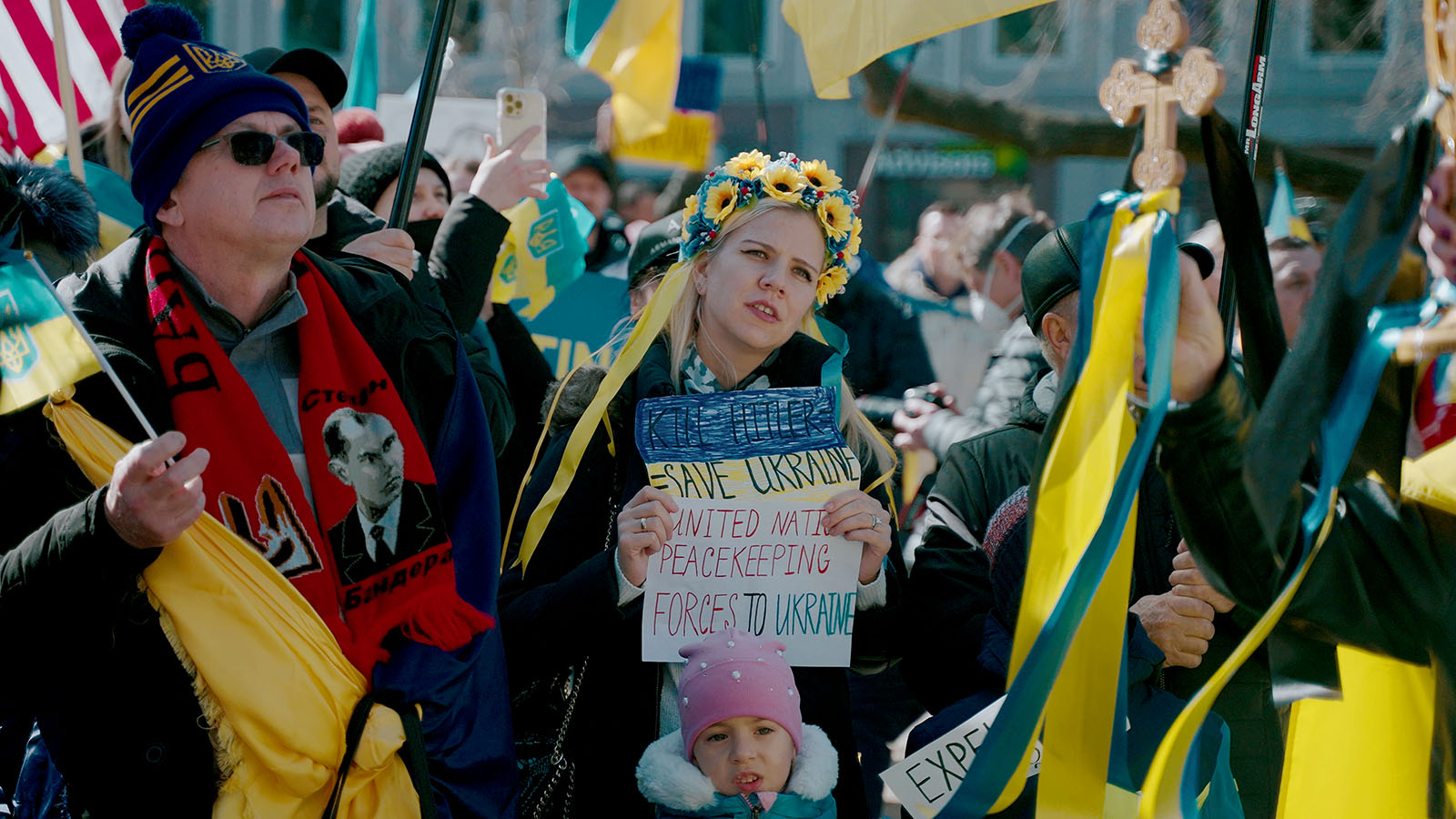
The Rebel Monkey office is located in a basement, so the team doesn’t have to take further shelter when they hear the sirens. “For the first few days, it was hard to continue working,” Stan says stoically. “But now, they don’t even react. People got used to it like we got used to wearing masks during COVID.”
If anything, the current situation has inspired the studio to create more. “We are one of the few businesses that not only didn’t shut down, but continues to grow.”
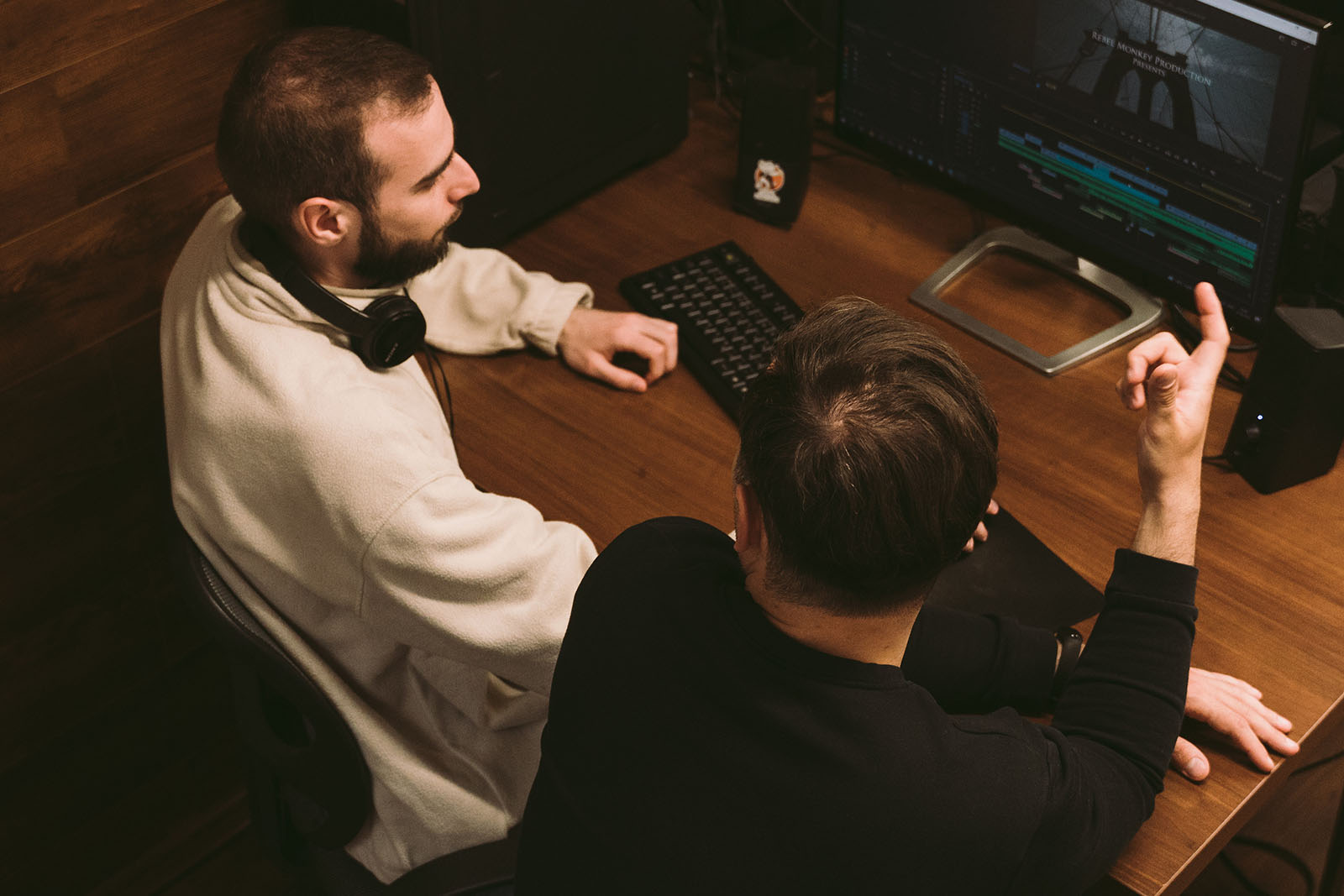
Tale of the American Dream
The studio has previously produced several documentary and fiction shorts, which Stan describes as “more like a hobby.” But his current documentary project, Tale of the American Dream, is more than a hobby. It’s a calling, especially now.
Now available on Amazon Prime, Stan uses this film to examine the reality of the so-called American dream, interviewing a variety of people who were born here, along with numerous immigrants.
Obviously there are more than two sides to the story, with the immigrants believing that opportunities abound in the U.S. if one is willing to “fight for it.” On the flip side, there’s the experience of African-American people, whose ancestors were brought here as slaves, and whose opportunities continue to be impeded by racism, oppression, and inequality.
As a country built largely on immigration, the numbers don’t lie: according to the Brookings Institute, nearly half of the Fortune 500 companies were founded either by immigrants or by their children. By comparison, over the entire history of the Fortune 500, there have been only 18 Black CEOs—with only four as of 2021—even though 13 percent of the American citizenry is Black.
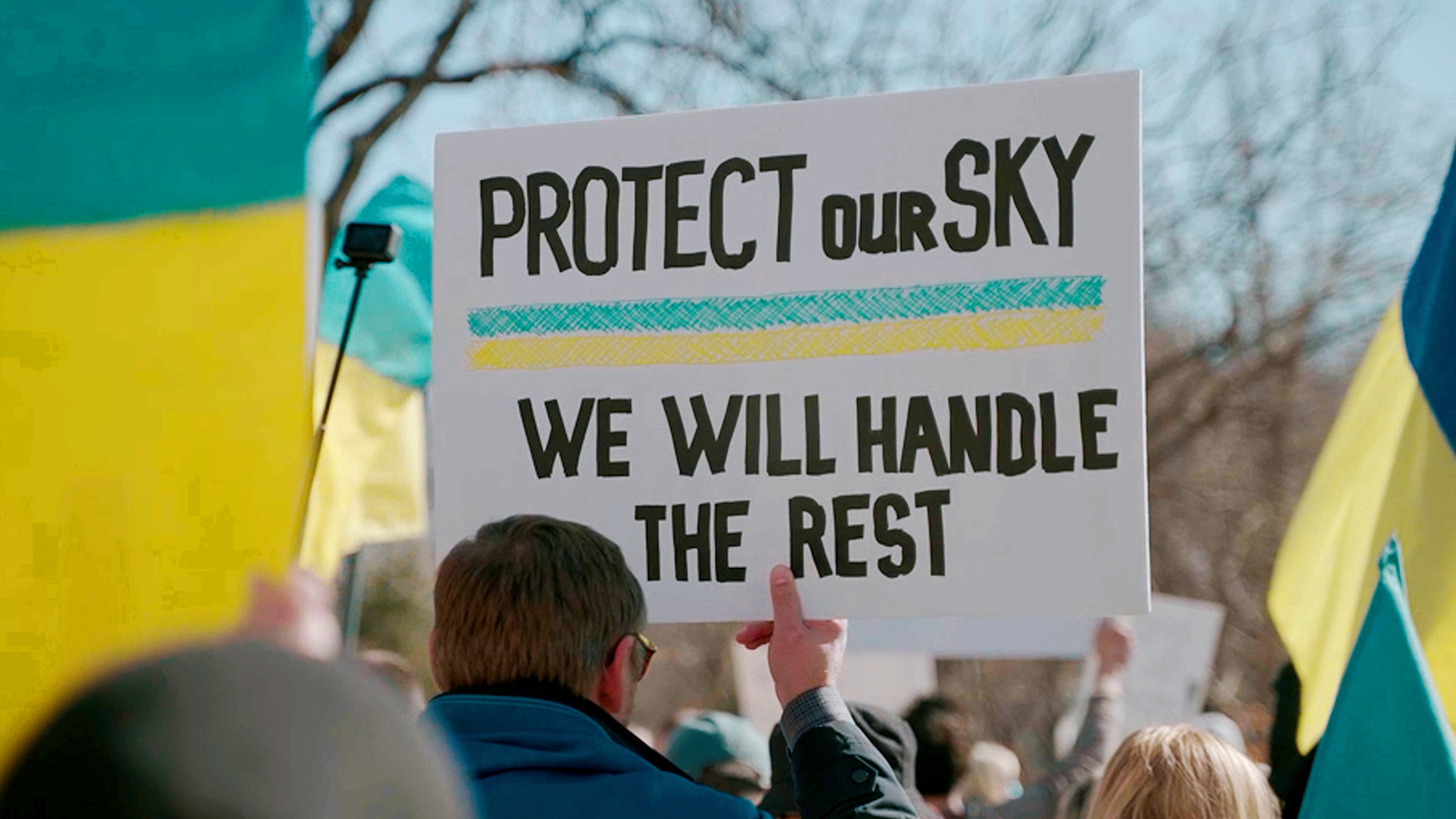
Stan has so far attended protests and conducted interviews in the Philadelphia and New Jersey areas, New York City, and Los Angeles, with plans to shoot in Las Vegas, as well. His camera package includes the Sony A7S III (shooting in XAVC 4K) and RED Komodo in 5K R3D MQ. Editor Roman Fushtei works with the original RED files in Premiere Pro and creates proxies for the Sony footage, and graphic artist Valentyn Perchyk creates the motion graphics in After Effects.
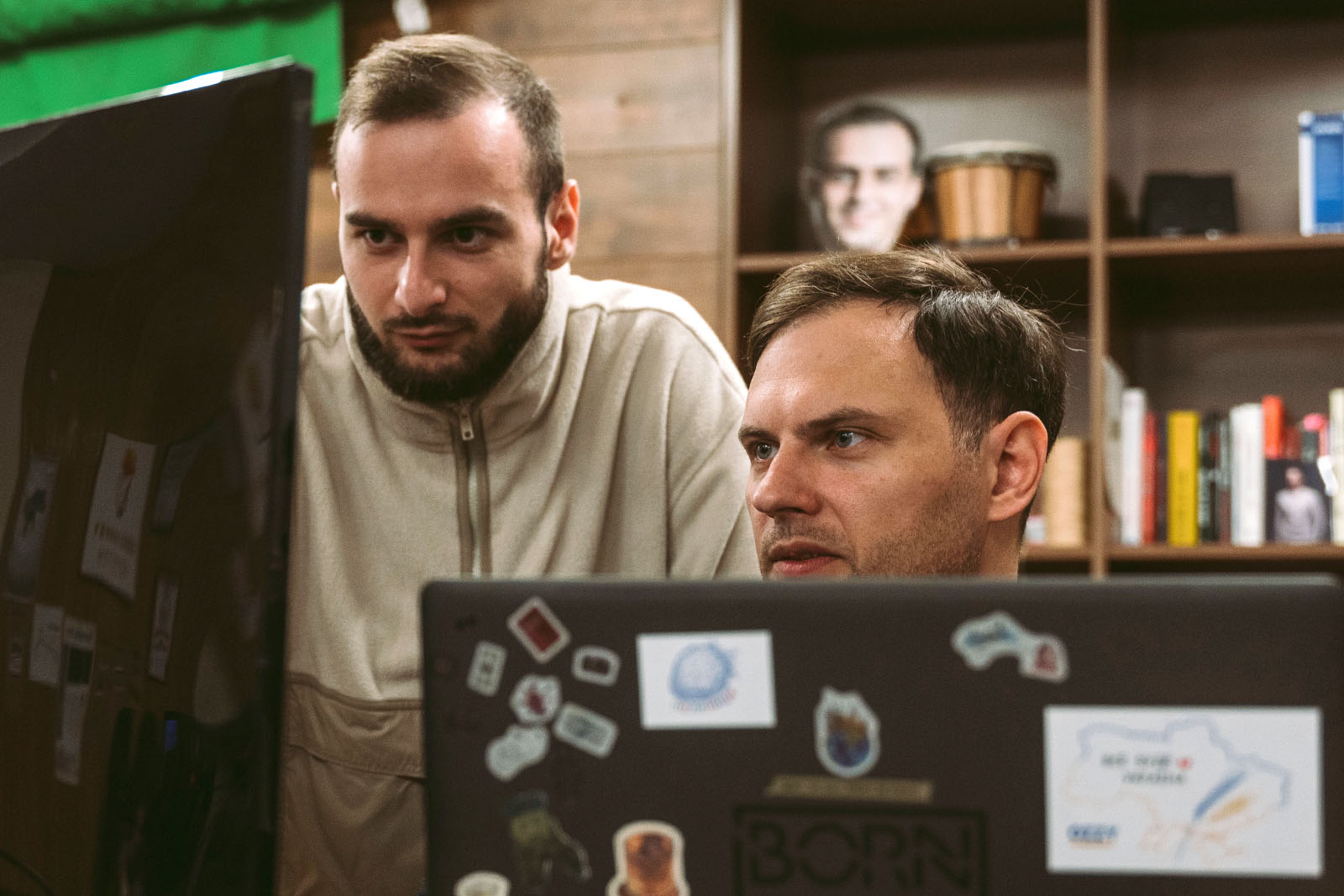
“The workflow is pretty simple,” Stan says. “Roman sends me all the interviews, and I leave comments in Frame.io about the specific soundbites I like and in what order to use them. He sends me a new cut, and I leave more specific comments. It’s not the first project where we’ve used this workflow in Frame.io, but it’s the biggest so far.”
The team is steadfastly loyal to Adobe products, doing audio editing and sweetening and even final color grading and mastering in Premiere Pro. “Since I do a lot of interview-style commercials it is very important for me to have sound editing tools in my NLE. That’s why I love Premiere Pro. Everything is there and it’s very easy to manage. I can always fix my audio with a few clicks.”
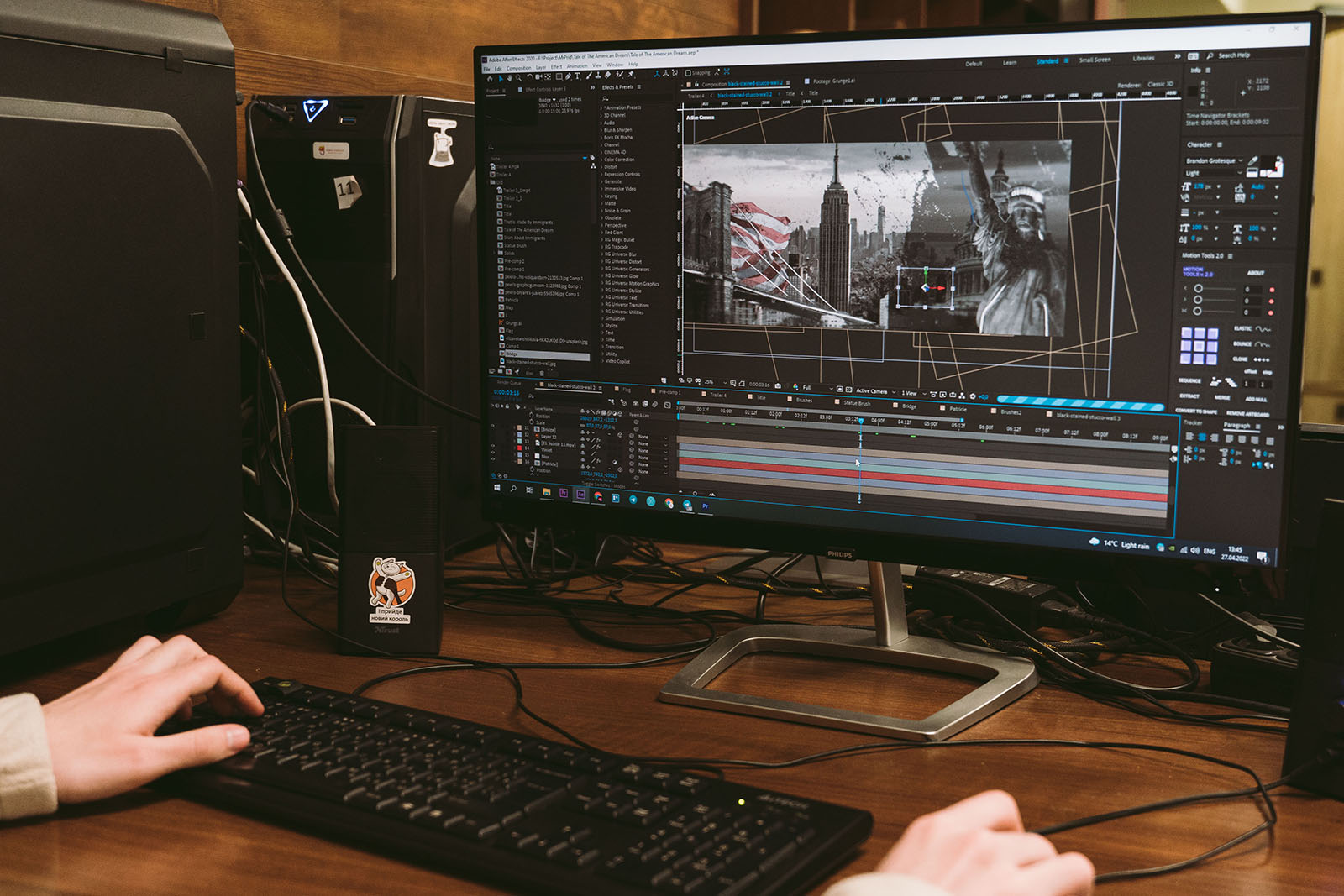
“I can create a really high-quality commercial without using any additional software or plugins. I also use Lightroom and Photoshop a lot when I need to edit still images or do tracking or masking work,” Stan says.
I love Frame.io not only because it makes the revisions workflow so much easier, but also because it’s so much faster than all other platforms.
With a time difference of +7 hours from Philadelphia to Chernivtsi, the team in Ukraine can get to work first thing in their morning and have new work to show Stan when he wakes up. They then have hours of overlap where they can communicate, frame-accurately and in real time, with an internet connection through Frame.io. “I love Frame.io not only because it makes the revisions workflow so much easier, but also because it’s so much faster than all other platforms for uploading video.”
A dream for the future
Despite his self-admitted survivor’s guilt, Stan continues on with his mission, confident that he will be able to build the video production industry in Ukraine and provide more jobs. “I believe we can go from 30 people to 1000 in a few years, especially as Americans become interested not only in our services but also in our movies and TV shows,” he says.
Ukraine has been making notable films for years, with numerous premieres at prestigious festivals such as Venice and Cannes, and five films accepted into the Oscars’ competition for Best International Film. With greater exposure, you can only imagine there will be more.
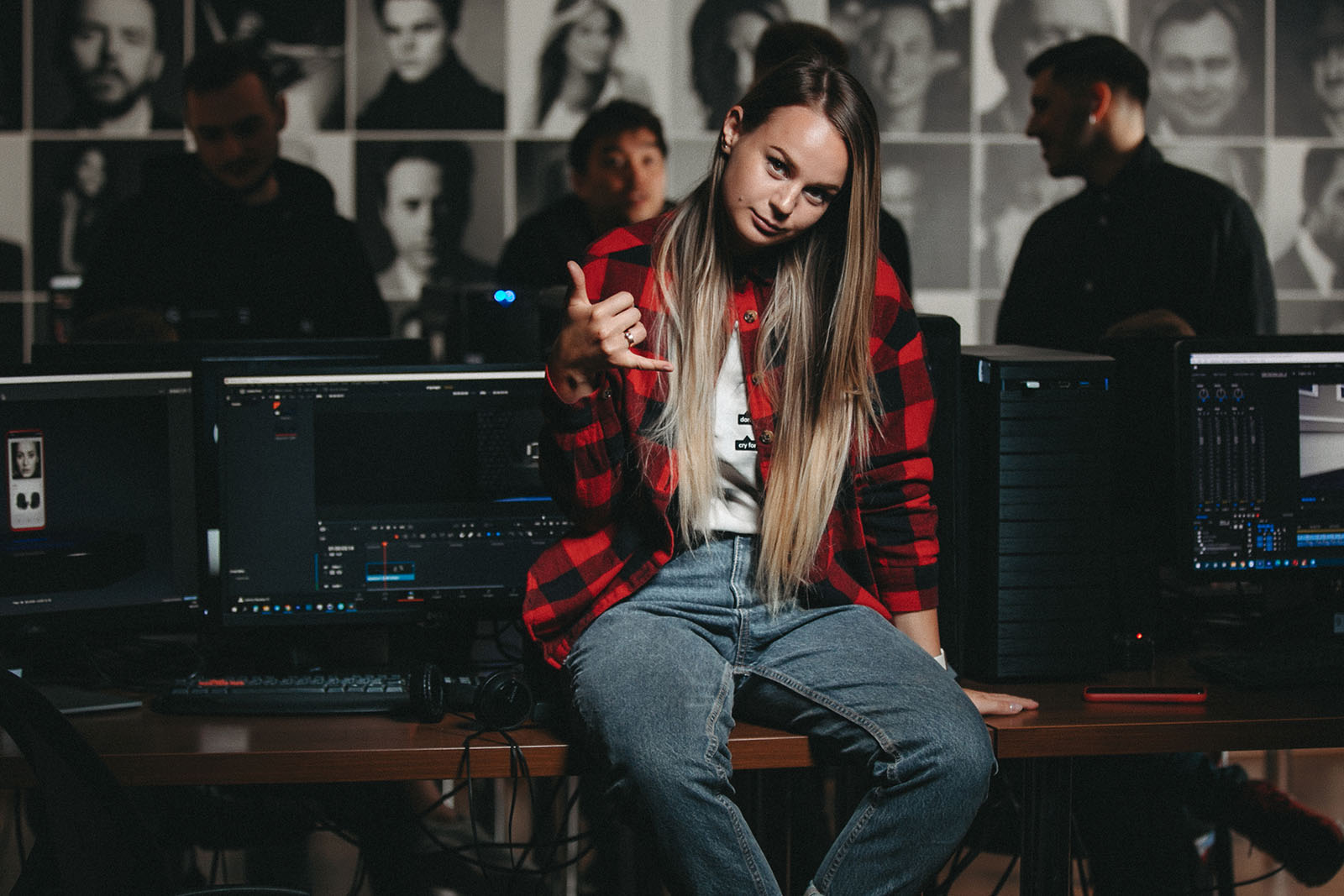
Meanwhile, Stan will continue to document the protests and the immigrant stories as the attacks on Ukraine continue. “It’s impossible to just sit here and not do anything. I try to share the news in the American community as much as possible, and want to thank all the people who have supported us in such difficult times.”
I would love our employees to be able to come here and learn how Americans do business. We can learn a lot.
And he’ll continue to learn from his time in the U.S. “I hope to bring more people over here, but mostly to learn, share new experiences, meet new people, and then go back home. I would love our employees to be able to come here and learn how Americans do business. We can learn a lot from you.”
If there’s one thing we Americans have realized from this horrific war, it’s that we can also learn a lot from Ukrainians. Their bravery and determination have those of us who have never awakened to our towns, schools, hospitals, and roadways being bombed watching in awe.

And we at Frame.io will continue to watch Stan and the Rebel Monkeys, and hope for their safety and prosperity as they build the film and video industry in Ukraine. Because now, more than ever, they have important stories of human courage and resilience to share with the rest of the world.

